Topics at the Allianz Center for Technology:
The AZT in the 1990s
October 2021
With our article about the 90s we continue the AZT series "Know-how with history". In 1993 Prof. Dr. Dieter Anselm becomes the managing director of the AZT.
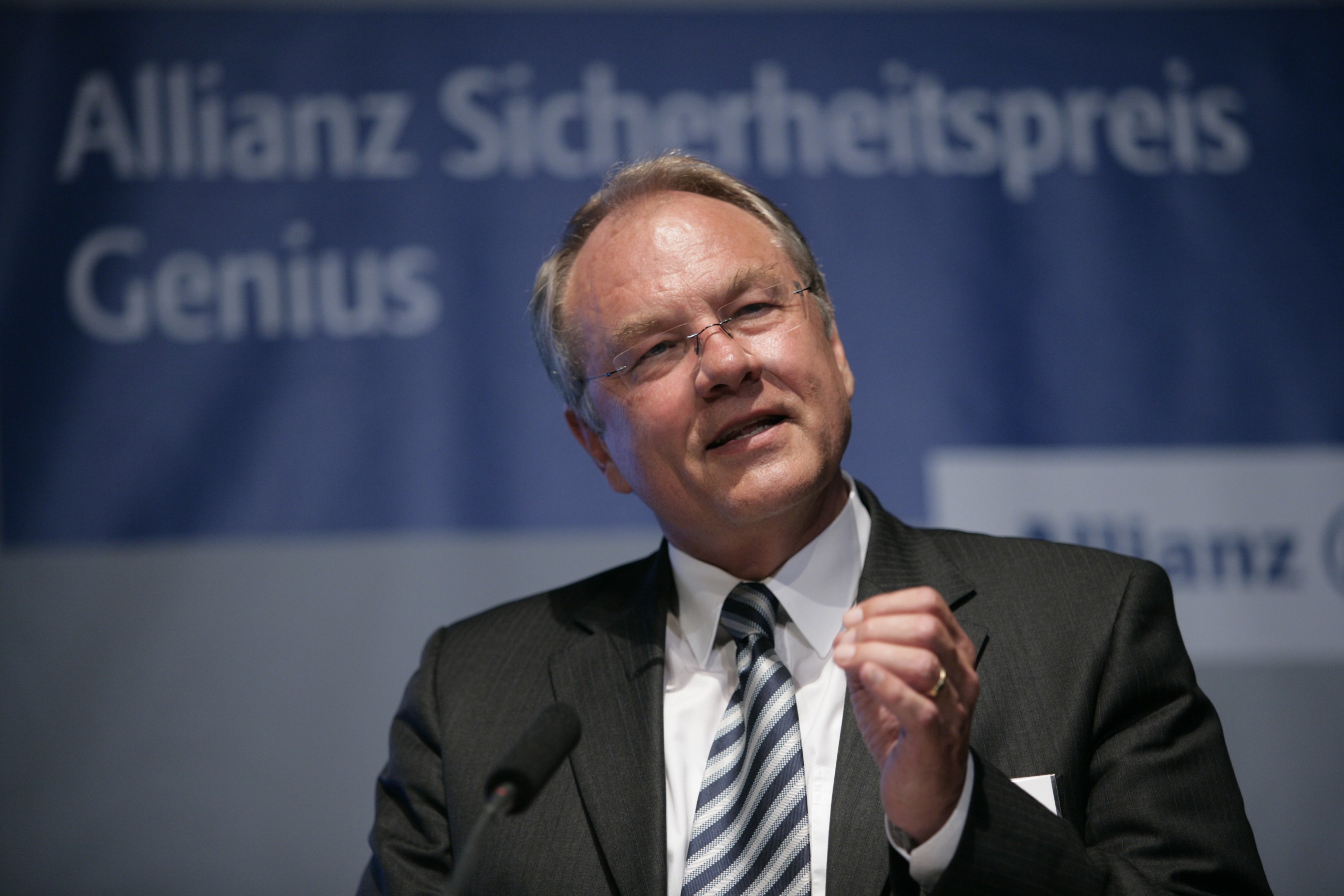
Prof. Dr. Dieter Anselm at the Allianz Security Award Genius, 2007
Anselm notes the most important challenge and success of his work: "The AZT was already known for its work. Now it was to be developed even more strongly as a point of contact in specialist circles both inside and outside the Allianz. It was also important to make the results of our work known beyond Germany's borders. This was achieved by extending the training of Allianz experts to a European level - in parallel with the internationalization of the Allianz. “
Until 1990, one of the central tasks of the AZT was the further education of the more than 500 Allianz experts from the Federal Republic of Germany and Austria. With the takeover of the former State Insurance of the GDR and the foundation of the Deutsche Versicherungs-AG (DVAG), the training work and the target group changed fundamentally: For a short time, the AZT was for 1100 employees of the technical sales force - more than twice as many as before 1990.
In cooperation with the Allianz department responsible for Eastern Europe, the development of Allianz's business in various Eastern European countries began in the 1990s. International training was also established at the same time.
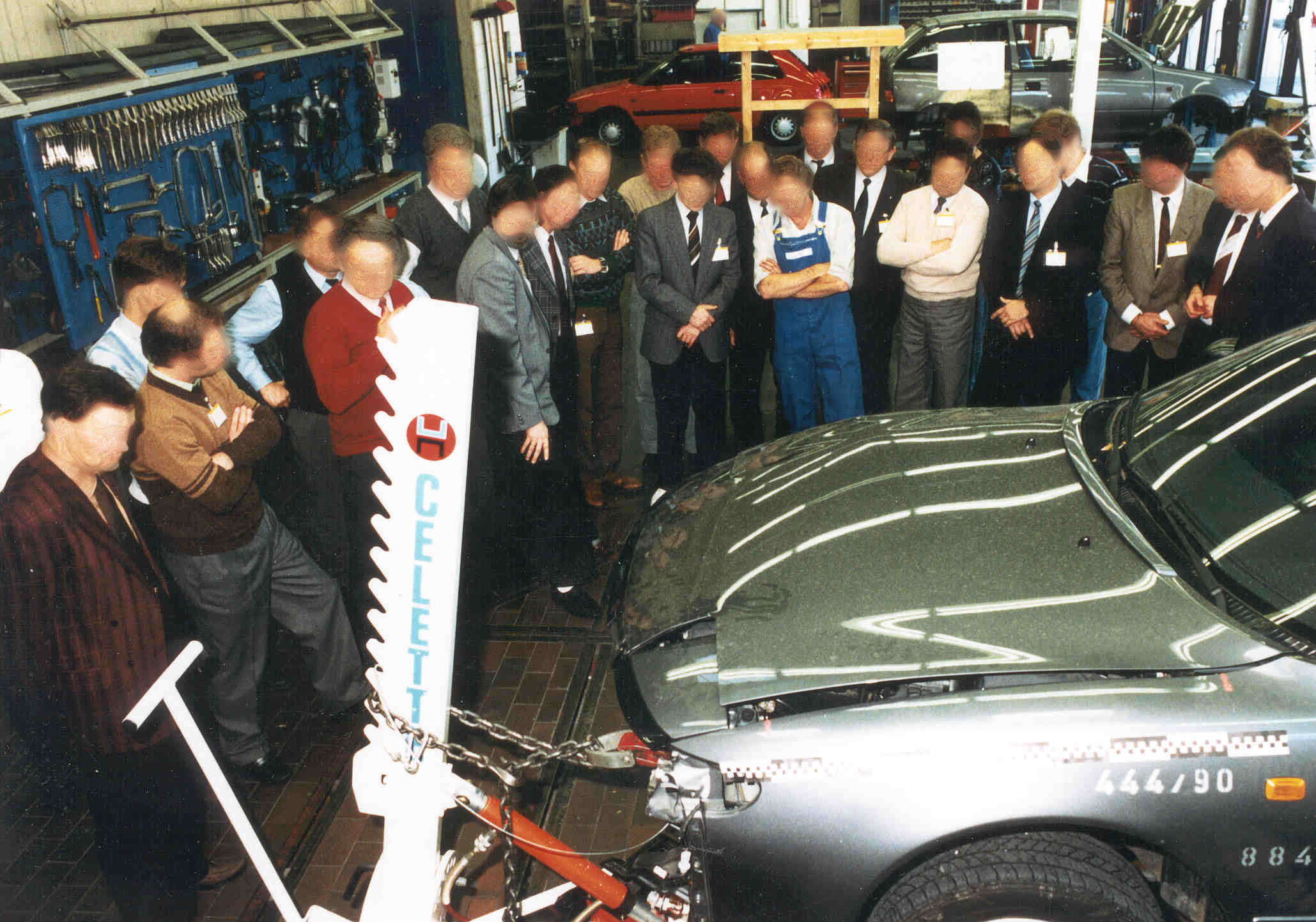
Training situation from the 90s at the AZT (Source: AZT)
In the 1990s, many issues in security research were broadened. For example, the experts at the AZT investigated the effects of airbags on spectacle wearers and smokers in the event of an impact, and they also developed an effective dog restraint system.
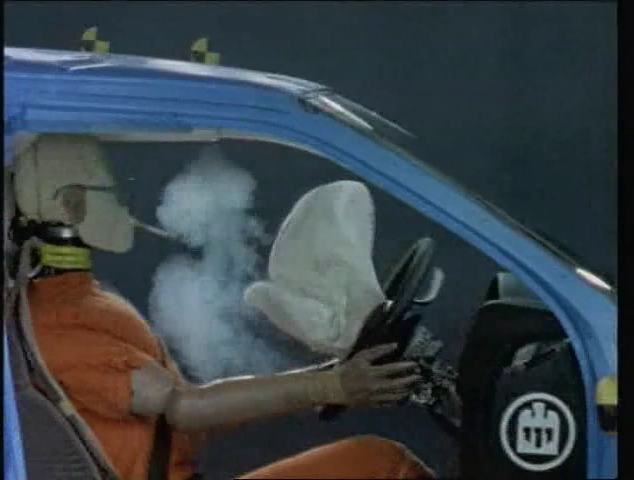
1995 - the effects of a crash with airbag deployment on spectacle wearers and smokers are simulated during the crash test (source: AZT)
The vehicle crashes already described in the last article also continued. Fittingly for the German reunification, there was also a crash with a Trabant at the AZT in the early 90s.
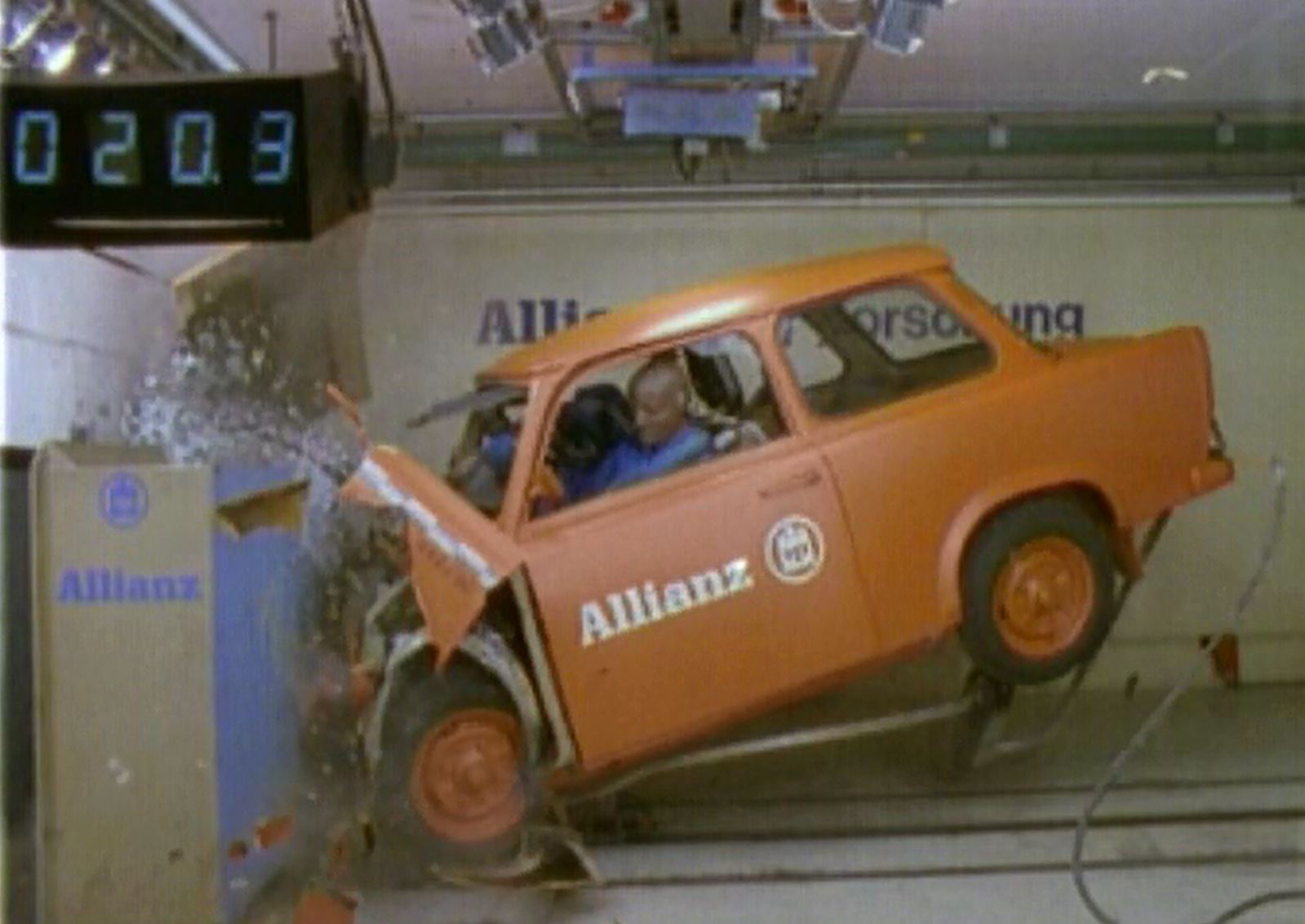
The behaviour of the legendary Trabi in a crash is tested at the AZT (Source: AZT)
Innovations in safety technology in the 1990s included the introduction of the electronic immobilizer. After the fall of the wall, the damage increased in of comprehensive insurance due to a huge increase in motor vehicle thefts. The vehicles were being moved to Eastern Europe and the Middle East by internationally organised gangs of thieves on an unprecedented scale. In order to be able to avoid above-average premium increases, the AZT developed a requirements profile for effective systems and immediately demanded solutions for practical anti-theft protection from the automotive industry. The result was the legal introduction of the electronic immobilizer for newly registered passenger cars according to standards defined by the AZT. The industry quickly implemented this idea, and the success was already evident in the mid-1990s with a sharp drop in the number of thefts.
The reference to the definition of the electronic immobilizer by the AZT was even noted in the vehicle documents for a long time.
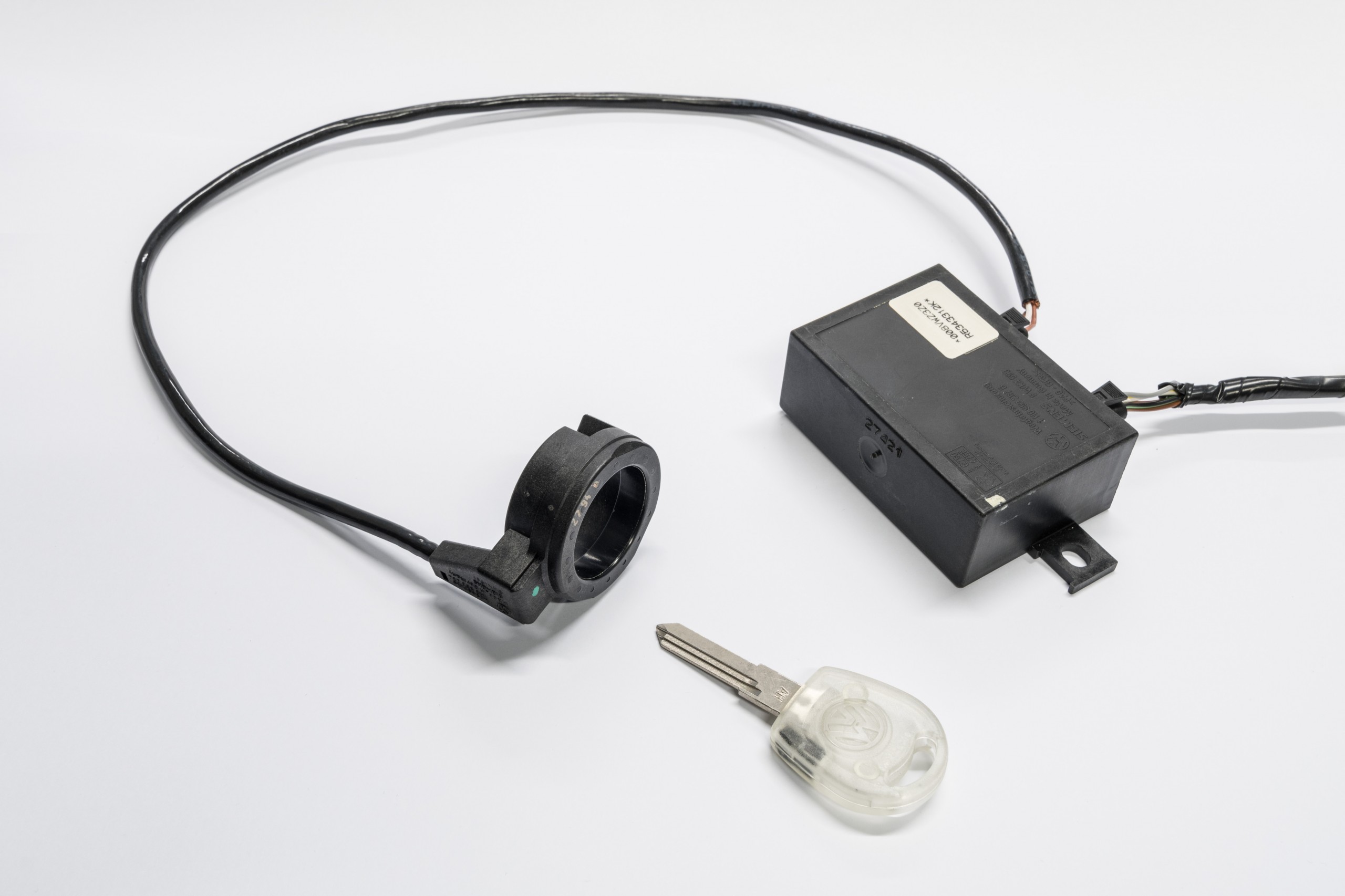
Electronic immobilizer (Source: AZT)

Example of vehicle registration document (Source: AZT)
As already described in our AZT article on the 1970s, a vehicle- and manufacturer-independent calculation system for the exact determination of painting costs was developed at the Allianz Center for Technology. Since its development, the calculation system, based on AZT studies, has continuously incorporated new tools, new materials and new repair methods. Since 1990, the system has been used in more than 40 countries and has even become the market standard in some cases.
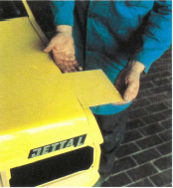
AZT paint calculation system (Source: AZT)
In our next and last AZT article from the year 2000, we report, among other things, on the further development in the field of crash standards.